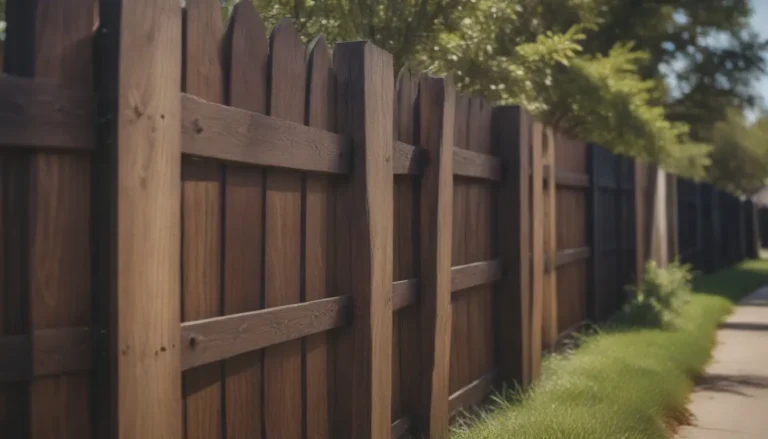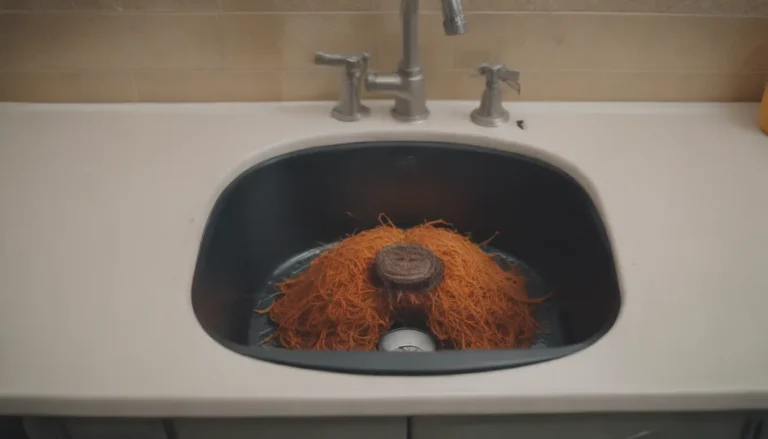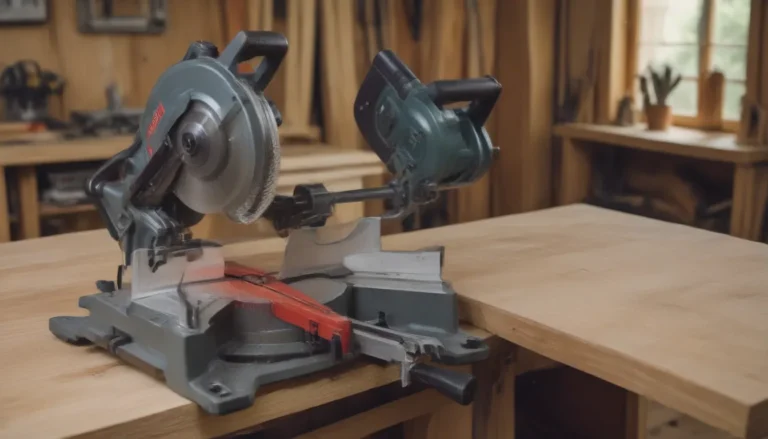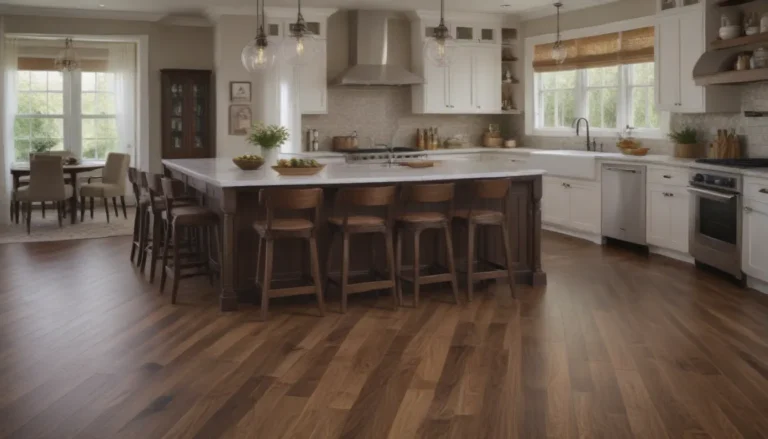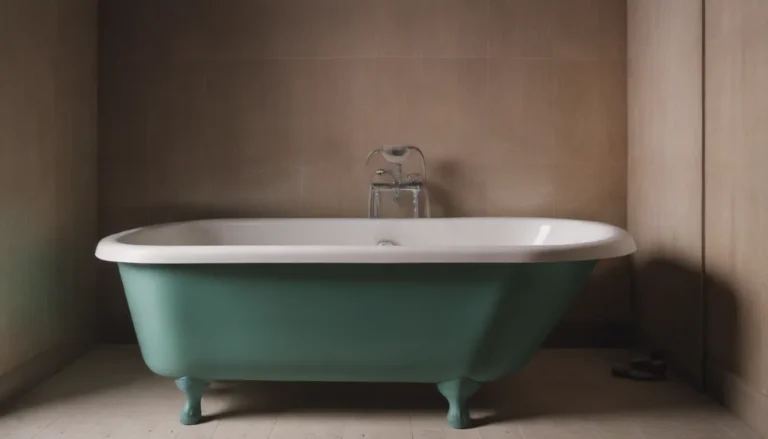Ultimate Guide to Vinyl Plank Flooring Installation Costs
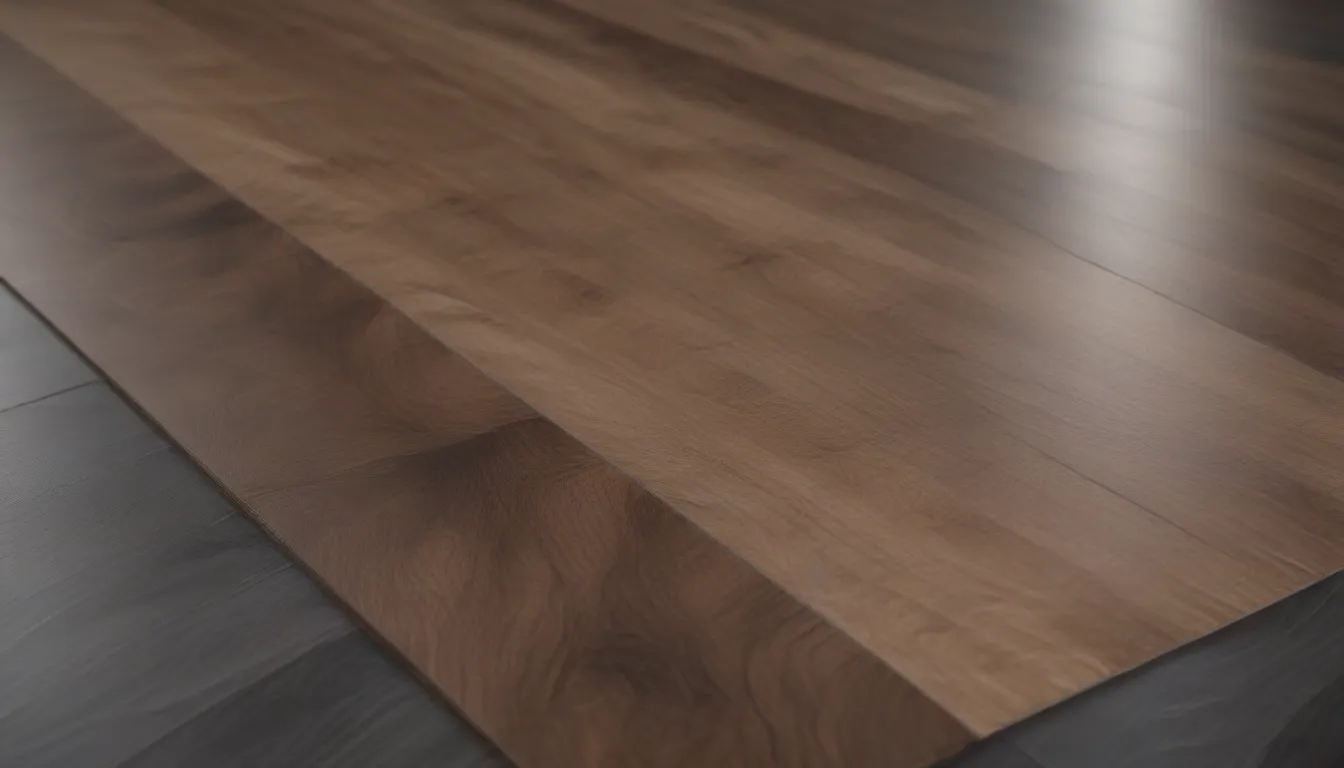
Welcome to the ultimate guide to vinyl plank flooring installation costs! If you’re considering adding this versatile flooring option to your home, you’ve come to the right place. In this comprehensive article, we will cover everything you need to know about vinyl plank flooring installation costs, types of vinyl plank flooring, how to calculate costs, and much more. Let’s dive in and explore all the essential information to help you make informed decisions about your home renovation project.
What Is Vinyl Plank Flooring?
Let’s start with the basics. Vinyl plank flooring is a popular choice for homeowners due to its affordability, durability, and realistic appearance. It is made of vinyl shaped as long, narrow strips that simulate real wood plank or strip flooring. Thanks to digital printing technology, vinyl plank flooring closely resembles real wood, complete with grain patterns and textures.
Types of Vinyl Plank Flooring
When it comes to vinyl plank flooring, there are several types to choose from, each with its own unique features and installation methods. Here are three common types of vinyl plank flooring:
- Click-Lock Vinyl Plank: This type of flooring uses a tongue-and-groove attachment method and is ideal for DIYers. The locking edges hold the planks together, making installation easier. However, getting the clicking mechanism right can be tricky.
Tip: Choose vinyl plank flooring with a click-lock mechanism that’s easy to snap into place for a secure fit.
-
Loose Lay Vinyl Plank: This type of flooring does not require a click-lock mechanism or adhesive for installation. The planks are held in place by their weight and friction grip backing. It is essential to have a smooth subfloor for a successful installation.
-
Glue-Down Vinyl Plank: With full-spread adhesive, glue-down vinyl plank flooring provides a secure and long-lasting finish. The planks are bonded to the subfloor, eliminating the need for a click-lock mechanism.
Calculating the Cost of Vinyl Plank Flooring Installation
Before embarking on a vinyl plank flooring installation project, it’s crucial to calculate the costs involved. You can estimate the installation costs by measuring the room and factoring in additional expenses such as wastage and underlayment. For example, if you have a 350 square foot living room, you would need to purchase approximately 400 square feet of vinyl plank flooring to account for wastage.
Cost by Room
The cost of installing vinyl plank flooring can vary depending on the room size and purpose. Here are some estimates for different rooms in the house:
-
Basement: Installing vinyl plank flooring in a finished basement can cost around $5,025. Vinyl plank flooring is an excellent choice for moisture-prone basements due to its waterproof properties.
-
Bathroom: The cost of installing vinyl plank flooring in a bathroom ranges from $335 for a small bathroom to $805 for a medium-sized bathroom. Vinyl plank flooring is a suitable option for full bathrooms due to its water-resistance.
-
Bedroom: Installing vinyl plank flooring in a bedroom can cost between $450 to $1,552. To reduce sound, consider adding throw rugs and textiles to soften the floor.
-
Kitchen: Vinyl plank flooring in a kitchen can cost around $670 for a small kitchen and up to $1,675 for a large kitchen. Kitchens are high-traffic areas that benefit from the durability of vinyl plank flooring.
Cost of Materials and Labor
When budgeting for a vinyl plank flooring installation, it’s essential to consider the cost of materials and labor. On average, the cost of materials ranges from $1.50 to $3.83 per square foot, while labor costs around $3.35 per square foot. For a professional installation, the total cost may include both materials and labor.
Additional Considerations
In addition to the basic cost of installation, there are other factors to consider when installing vinyl plank flooring:
-
Radiant Heat Flooring: If you have a radiant floor heating system, additional costs may apply to install vinyl plank flooring over it. Temperature limitations and proper installation methods are essential for compatibility.
-
Removing Old Flooring: The cost of removing old flooring before installing vinyl plank flooring can vary depending on the type of flooring and the condition of the subfloor. Consider the additional expenses when planning your renovation project.
-
Underlayment: While vinyl plank flooring generally does not require underlayment, it may be necessary to smooth out uneven subfloors. Luan, a laminate wood board, can be used to create a flat surface for vinyl plank installation.
Benefits of Vinyl Plank Flooring
Vinyl plank flooring offers a range of benefits that make it an attractive choice for homeowners:
- Waterproof: Vinyl plank flooring is resistant to moisture, making it ideal for areas prone to spills and humidity.
- Durable: With a wear layer that protects the surface, vinyl plank flooring can withstand everyday wear and tear.
- Realistic appearance: Digital printing technology allows vinyl plank flooring to mimic the look of real wood with precision.
- Easy to clean: Vinyl plank flooring is low-maintenance and can be cleaned with simple techniques.
- Simple to fix: In the event of damage, individual planks can be replaced without the need for extensive repairs.
DIY vs. Professional Installation
One of the advantages of vinyl plank flooring is its ease of installation, making it a suitable option for DIY projects. However, professional installation ensures a high-quality finish and may be worth considering for larger or more complex rooms. The cost of DIY installation primarily involves the materials and accessories required for the project.
How to Save on Vinyl Plank Flooring Installation Costs
While vinyl plank flooring is already an affordable option, there are ways to save on installation costs:
- Shop for deals: Look for sales or promotions on vinyl plank flooring to save on material costs.
- Compare quotes: Get multiple quotes from flooring installers to find the best price for your project.
- Consider DIY: If you have experience with home improvement projects, installing vinyl plank flooring yourself can save on labor costs.
Conclusion
In conclusion, vinyl plank flooring offers a cost-effective and attractive flooring solution for homeowners looking to upgrade their spaces. By understanding the installation costs, types of vinyl plank flooring, and additional considerations, you can make informed decisions for your home renovation project. Whether you choose to install vinyl plank flooring yourself or hire professionals, the key is to create a beautiful and functional space that meets your needs and budget.
I hope this guide has provided you with valuable insights into vinyl plank flooring installation costs and considerations. If you have any questions or would like to share your experience with vinyl plank flooring, feel free to leave a comment below. Happy renovating!
